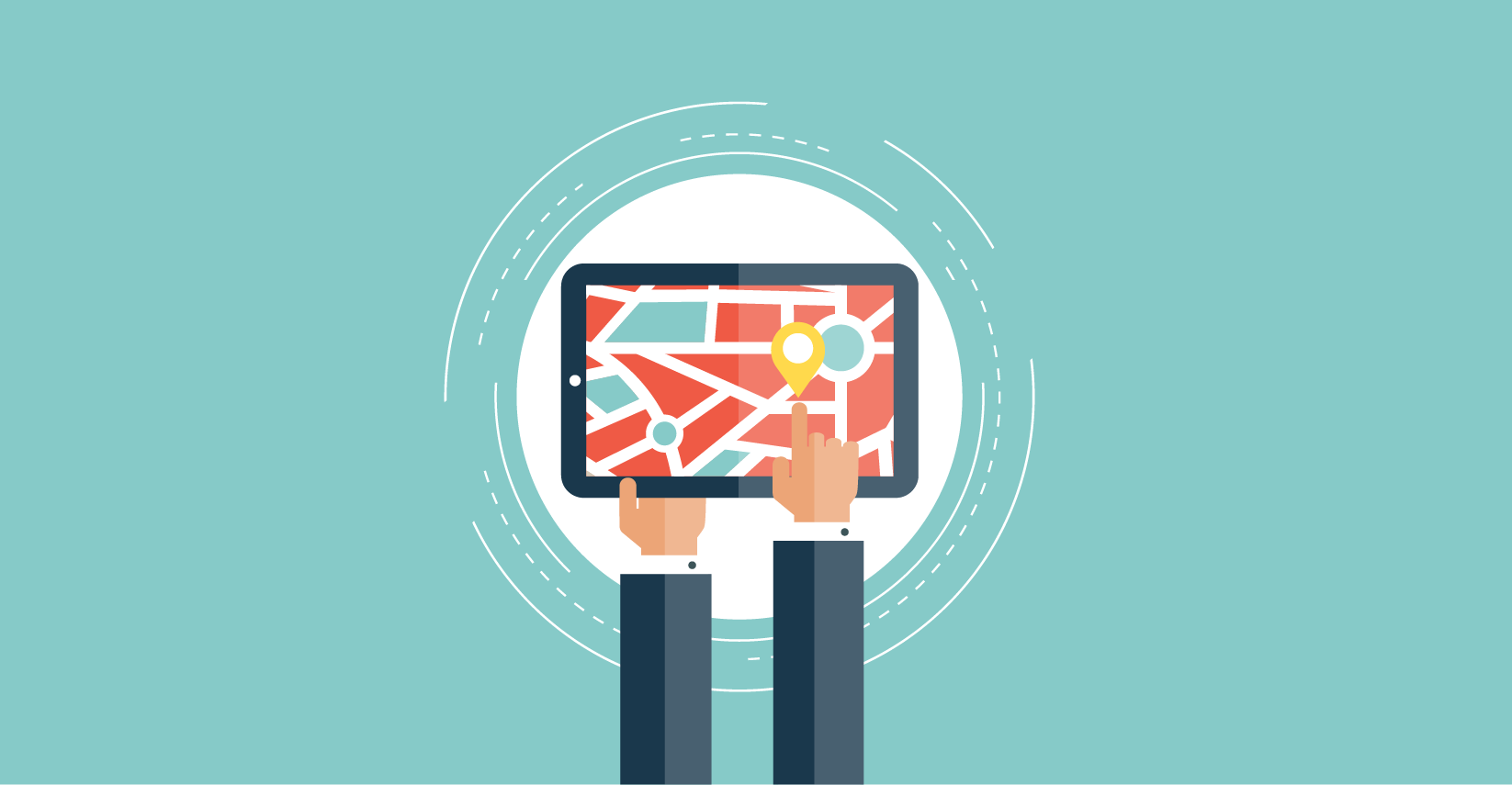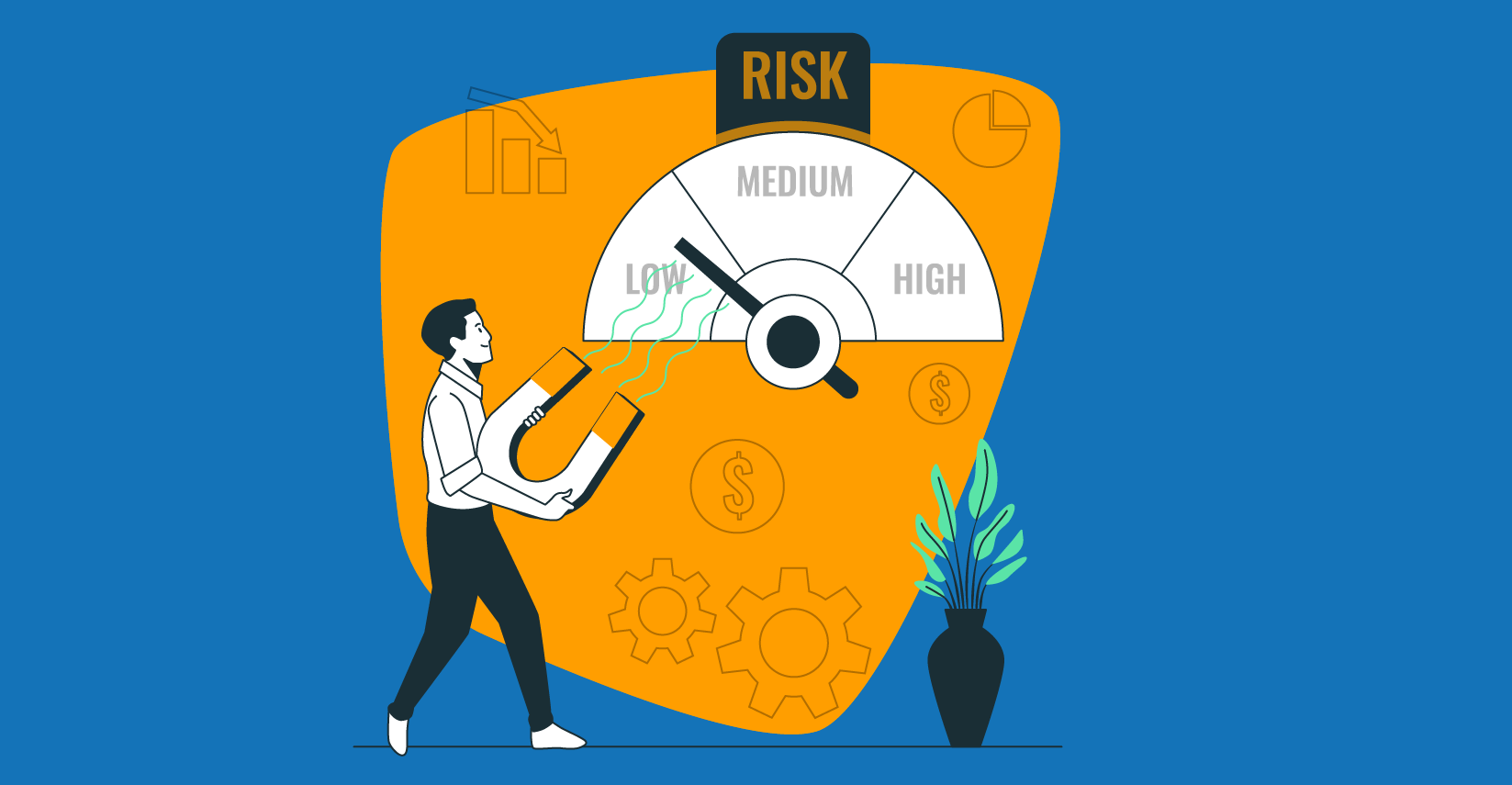The Role of Usability Testing in UX Design

- April 6, 2023
- admin
As a software quality assurance (SQA) expert, I have seen firsthand the value of usability testing in ensuring a successful user experience (UX) design. It is an essential process of UX design that ensures products are designed with user needs in mind.
In this blog post, I’ll discuss the significance of testing in UX design and why it is so important.
What is Usability Testing?
Usability testing is a technique for assessing a product’s usability and overall usefulness by watching users interact with it. Its goal is to find any usability problems that can negatively impact the user experience and make design changes to the product that will make it easier to use.
It comes in different forms, from one-on-one user testing sessions to large-scale surveys and focus groups. Users are given specified tasks to complete while using the product during testing, and an observer records any challenges or irritations the user encounters. The feedback is then used to refine the product’s design to improve its overall usability.
Why is Usability Testing Important?
Since it helps to guarantee that a product is user-friendly and meets the needs and expectations of its users, testing is crucial. A product that is not user-friendly is unlikely to succeed, no matter how well-designed it is. Usability testing can also aid in the early detection of problems throughout the development process, ultimately saving time and resources.
Moreover, it can offer insightful information about user behavior and preferences, allowing designers to make wise design choices for the product. User feedback gathered during testing can also help prioritize features and functionality based on user needs and expectations.
Benefits of Usability Testing
Usability testing provides numerous benefits to UX design, including:
Improved User Experience
Usability testing ensures that the product is designed with the user in mind, resulting in a better user experience. Designers may produce a product that is user-friendly, intuitive, and satisfies their objectives by detecting and resolving usability difficulties.
Increased User Satisfaction
User satisfaction is more likely to rise with a product that is user-friendly and caters to their demands. Designers may produce a product that meets and surpasses user expectations by incorporating user feedback into the design process.
Reduced Development Costs
Early in the development process, usability testing can assist in identifying usability problems, ultimately saving time and costs. By making design changes based on user feedback, developers can avoid costly redesigns or fixes later in the development cycle.
Competitive Advantage
A product that is user-friendly and meets the needs of its users can provide a competitive advantage in the marketplace. By prioritizing usability and incorporating user feedback into the design process, designers can create a product that stands out from the competition.
Increased Productivity
Usability testing can help reduce the time and resources spent on fixing usability issues later in the development process. By identifying and addressing usability issues early on, designers can improve productivity and focus on developing new features and functionality.
Better ROI
A product that is user-friendly and meets the needs of its users is more likely to have a higher return on investment (ROI). Designers may produce a product that is more likely to succeed in the market and bring in more money by incorporating user feedback into the design process.
Improved Brand Reputation
The reputation of a brand can be enhanced by a product that is simple to use and fits users needs. Businesses can position themselves as industry leaders and draw in more clients by delivering a great user experience.
Increased Accessibility
A product’s accessibility for people with impairments can be increased with the use of usability testing. By identifying and addressing accessibility issues, designers can create a product that is more inclusive and meets the needs of a wider range of users.
Conclusion
Usability test is an essential component of UX design that ensures that products meet the needs and expectations of users. Designers may produce a product that is intuitive, simple to use, and meets user goals by detecting usability issues early in the development process and incorporating user feedback into the design process.
As an SQA expert, I highly recommend incorporating usability testing into the UX design process to improve the overall user experience and create a product that stands out in the marketplace.











